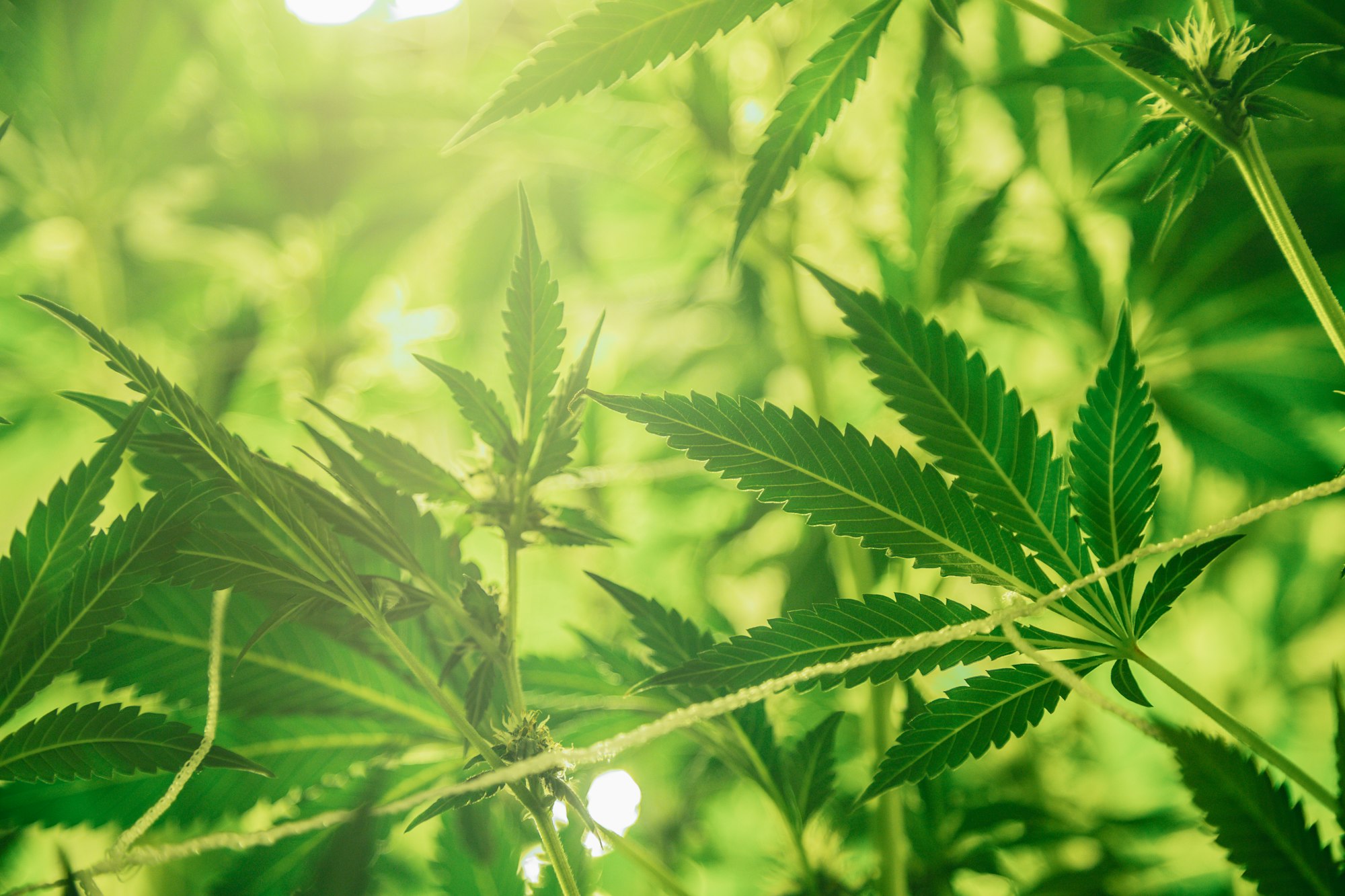Carbon Sequestration: How Hemp can help clean the air
Industrial hemp is known as the king of carbon sequestration among crops. Growing industrial hemp can be crucial in fighting carbon emissions and improving our soils for sustainable production of all agricultural commodities.

Industrial hemp is known as the king of carbon sequestration among crops. Growing industrial hemp can be crucial in fighting carbon emissions and improving our soils for sustainable production of all agricultural commodities.
More and more fossil fuels, especially CO₂, are being pumped into the atmosphere. In an increasingly urgent effort to get the Earth back on course for normal atmospheric conditions, scientists' attention turned to carbon sequestration. Carbon sequestration is a natural process and one of the most reliable methods available to capture and store CO₂ from the atmosphere.
Hemp plants in particular stand out from other crops because of their impressive carbon sequestration abilities. In this way, the plant could make a major contribution to air purification.

Hemp does an amazing job of building up a lot of carbon in its roots and stems. Interestingly, the carbon that hemp pulls from the atmosphere binds permanently to the plant's fibers when it operates photosynthesis. These fibers are used in the production of everything - from textiles to construction materials. Currently, they are also used by BMW in Germany to replace plastics in automobile construction. Unless the hemp plant is burned or composted, the sequestered carbon remains permanently inside its fibers.

What's more: Hemp production is carbon negative, meaning it absorbs more carbon from the atmosphere as it grows than is emitted by the equipment that harvests, processes, and transports it.

Hemp's carbon uptake can be accurately validated annually through calculations derived from dry weight yield. According to a study, one hectare of industrial hemp can absorb up to 22 tons of CO2. Converting carbon to CO₂ shows that for every ton of hemp, an average of 1.63 tons of carbon is removed from the air.
Not only that: hemp can also incorporate CO2 back into the soil through biosequestration. This is because harvested hemp produces charcoal-like biochar when slowly smoldered after harvest. Mixing this biochar with the soil means returning the carbon to the soil instead of releasing it into the atmosphere. Industrial hemp should therefore be seriously considered as a crop that can make a significant contribution to reducing global atmospheric carbon dioxide.
Furthermore, hemp is a very environmentally friendly plant as it is naturally insect resistant and no herbicides are required to grow it. This is another benefit of the plant, since one can further ensure cleaner air by reducing the burden of pesticides on the environment. Furthermore, hemp grows very quickly and can reach 4 meters in 100 days. The plant therefore begins to absorb CO2 almost on the same day it is planted. This makes it one of the fastest available tools for converting CO2 into biomass - more efficiently than any other commercial crop. Couple this with the fact that hemp enriches the soil and is the regenerative farmer's dream, and it's no surprise anymore that hemp has been dubbed a "miracle plant."



